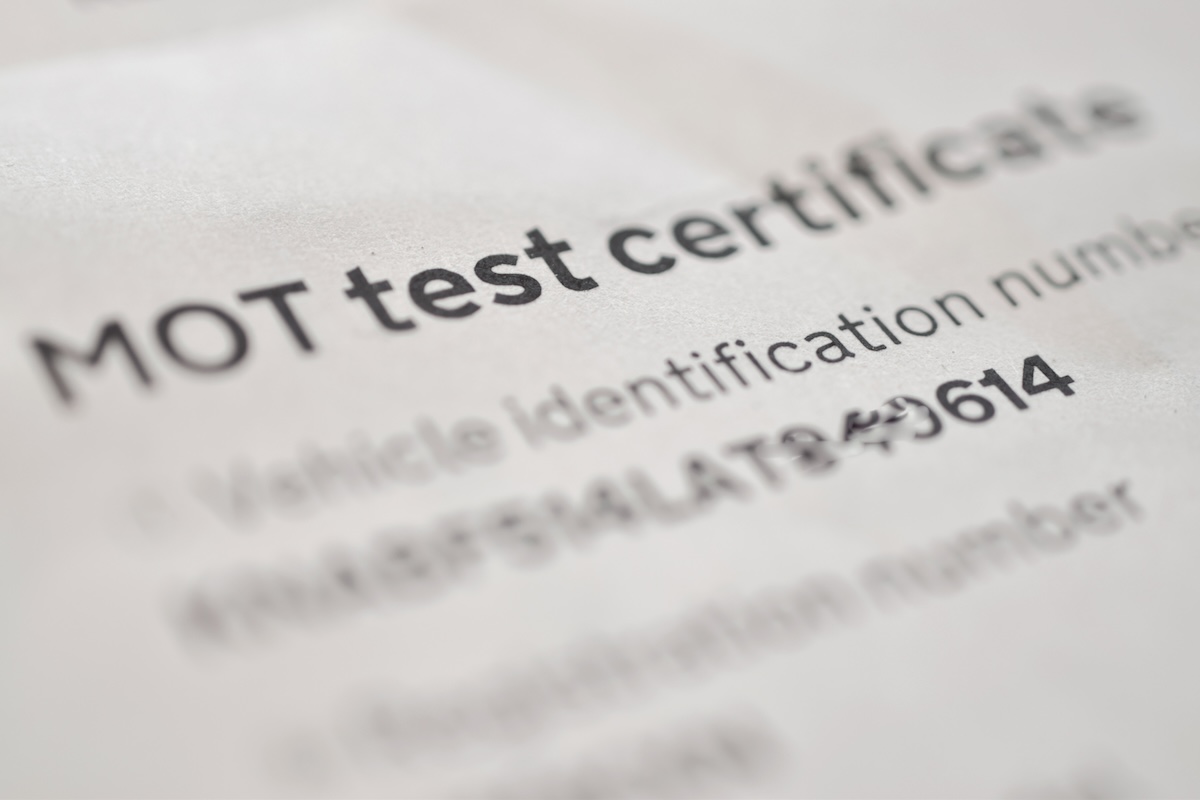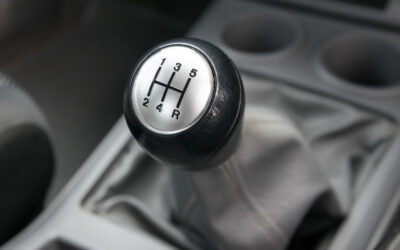No, however it’s a good idea to keep hold of your paper MOT certificate, but you shouldn’t worry if you’ve lost yours.
Do Garages Still issue MOT Certificates?
Yes – when you take your car to a garage for its annual MOT, the garage will issue you with a paper MOT certificate. Crucially, this certificate will indicate whether your car has passed or failed the test. If it has passed, the certificate will outline if there are any advisories, or areas of concerns that will need to be addressed before your next MOT test.
Do I Need a Paper MOT Certificate to Tax My Car?
Generally no. The results of your MOT test will be listed on the DVSA’s electronic database and the DVLA will access this database when it comes to taxing your car. However, if you have only just MOT’d the car and require road tax straight away, you may need to take the paper MOT into the post office, as it can take up to 2 working days to update the DVSA database.
Should I Keep My MOT Certificate?
Yes, it is recommended that you keep a copy of your MOT certificate with your car documents. It is also useful to have it to hand if you are looking to sell your car to a prospective buyer. Anyone can now check if a car has a valid MOT on the Gov site and MOT history status but some people prefer to see a paper copy.
When Will You Need Proof of MOT?
When you’re selling your car. A valid MOT certificate will demonstrate that your car is safe to drive, while also outlining any potential issues the buyer should be aware of. A paper MOT certificate will help buyers make a more-informed choice, and no-one should consider buying a car unless they can see the MOT history.
What If I’ve Lost My MOT Certificate?
Don’t worry! There are two ways that you can replace a lost or damaged MOT certificate:
- You can request a replacement MOT certificate through the Gov website. You will need your vehicle registration number and the 11-digit number from the vehicle log book (V5C)
- You can go to any MOT centre in the country and they should be able to issue a replacement. Just tell them your vehicle registration number and the V5C document reference number. However, they may apply a small charge for this.
What Happens If My Car Fails an MOT?
Your car will fail an MOT if there are any “major” or “dangerous” problems. For example, problems with the suspension, faulty lights and brakes, damaged tyres and even an unreadable number plate. If your car fails, you’ll still get a paper certificate, and the results will still be recorded in the MOT database.
If you don’t agree with the MOT outcome you can appeal the results of the MOT but be aware that you can get banned from driving, 3 penalty points on your licence and a fine of up to £2,500 if you drive a car that has failed an MOT as a result of a “dangerous” problem. Your insurance may be invalid in the event you’re vehicle is involved in an accident whilst driving a car that does not hold a valid MOT certificate.
Garages will usually offer to repair your car before submitting it to a retest. In some cases, retests might be free of charge, or at least they may cost less than a regular MOT. But of course, you’ll still have to pay for the repairs.
For more information about what happens should your car fail an MOT test, head to the government’s website.
Make Sure You’re Covered
Keeping on top of car maintenance should help to keep your car passing MOTs and running longer and smoother.
But if you ever are involved in a breakdown, the right insurance cover will ensure you get the help you need as soon as possible.
We offer RAC Breakdown Cover as an optional extra on our car insurance policies. Get in touch for a quote today.




